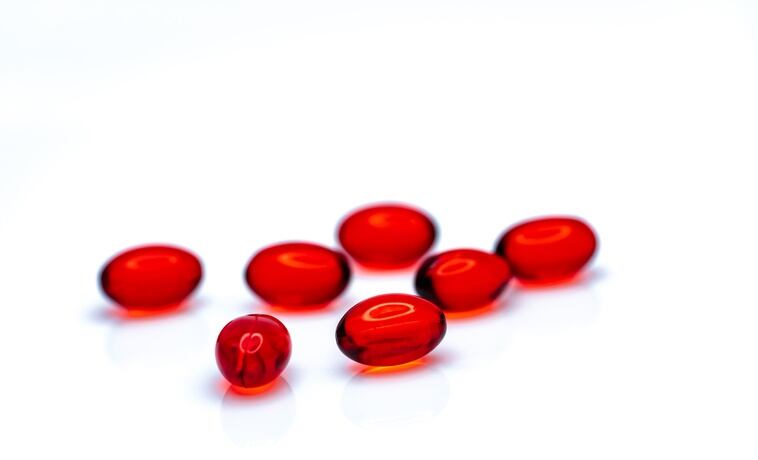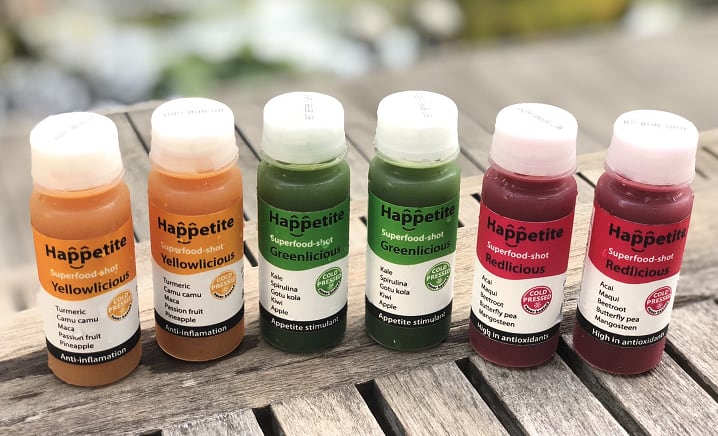By measuring the ‘relative area under the curve (relAUC)’, the 30-day RCT showed that subjects taking krill oil had 35.6% higher EPA levels than those taking fish oil by the end of the study.
In addition, the intake of krill oil or fish oil can have differing results on the blood lipid profile.
For instance, krill oil supplementation had more effect on omega-3 containing molecular species, while fish oil exerted more effect on omega-6 containing molecular species.
Findings of the study, which was conducted by researchers from the Victoria University, Deakin University, Monash University and the Baker Heart and Diabetes Institute, was recently published in Nutrients.
The study is said to be the first longer-term study examining lipidomic profiles in subjects supplemented with krill oil or fish oil.
It was funded by the College of Health and Biomedicine, Victoria University, and the Operational Infrastructure Support Scheme of the Victorian State Government.
Study design
The randomised, cross-over study recruited 11 women aged 18 to 50 years.
The krill oil and fish oil interventions provided in the study were Swisse Wellness’ products purchased from a pharmacy.
In the group taking krill oil, they will need to consume seven 1g capsules of krill oil each containing 0.76g of EPA and 0.42g of DHA daily.
In the group taking fish oil, they will need to take in five 1g capsule of fish oil containing 0.79g of EPA and 0.47g of DHA daily.
After the first 30-day period, the subjects then swapped the intervention that they are taking. Before doing so, they underwent at least a four-week washout period.
We’ll be shining the spotlight on Healthy Ageing in our Growth Asia 2020 interactive broadcast series, featuring expert insights from a host of big-name brands and world-renowned experts.
Higher EPA levels
Results showed that krill oil supplementation increased EPA levels more so than fish oil supplementation.
By measuring relAUC, the researchers found that the krill oil group had 23.9% higher EPA levels at day 15, which further increased to 35.6% higher at day 30 when compared to the fish oil group.
There were, however, no significant differences between the two groups when it came to docosahexaenoic acid (DHA), docosapentaenoic acid (DPA), total LC omega-3 poly-unsaturated fatty acids (PUFA), arachidonic acid (ARA), linoleic acid, or alpha-linolenic acid levels.
“This could be due to greater input of EPA, reduced excretion of EPA or slower removal of EPA from the systemic circulation,” the researchers said.
Higher cholesterol level
Krill oil supplementation had led to a modestly higher cholesterol level and lower phosphatidylserine (PS) level.
For instance, the cholesterol ester (CE), had a higher concentration on the 15th and 30th day of the study in the group taking krill oil.
As such, the researchers suggest that future studies with krill oil should pay attention to possible effects on cholesterol metabolism.
More differences
Krill oil supplementation also led to a higher relAUC level of phospholipids.
This showed that the main effects of krill oil were on the phospholipid, which remain in the blood circulation longer than triglycerides and were thus taken up by tissue and stored or metabolised, said the researchers.
On the other hand, the study showed that krill oil supplementation had more effect on omega-3 containing and saturated, monounsaturated-containing molecular species as compared to fish oil.
Fish oil, on the other hand, exerted more effects on omega 6-containing species and saturated, and monounsaturated-containing molecular species.
“This study shows that krill oil and fish oil do not have equivalent effects on the plasma lipidome. Plasma EPA was significantly greater following krill oil treatment in contrast to the fish oil treatment.
“Significant remodelling of the plasma lipidome was observed between krill oil and fish oil treatments, with a clear differentiation in their effects on different plasma lipid molecular species, with the changes in lipid species not restricted to those enriched in omega-3 PUFA,” the researchers concluded.
Beyond omega 3
The researchers pointed out the physiological implications of the differences between fish oil and krill oil supplementation are not yet known.
However, they believe that future studies comparing krill oil and fish oil should look beyond the omega-3 fatty acids.
Source: Nutrients
Krill Oil Has Different Effects on the Plasma Lipidome Compared with Fish Oil Following 30 Days of Supplementation in Healthy Women: A Randomized Controlled and Crossover Study
DOI: https://doi.org/10.3390/nu12092804
Authors: Peter J. Meikle, Xiao Q. Su, and et al





